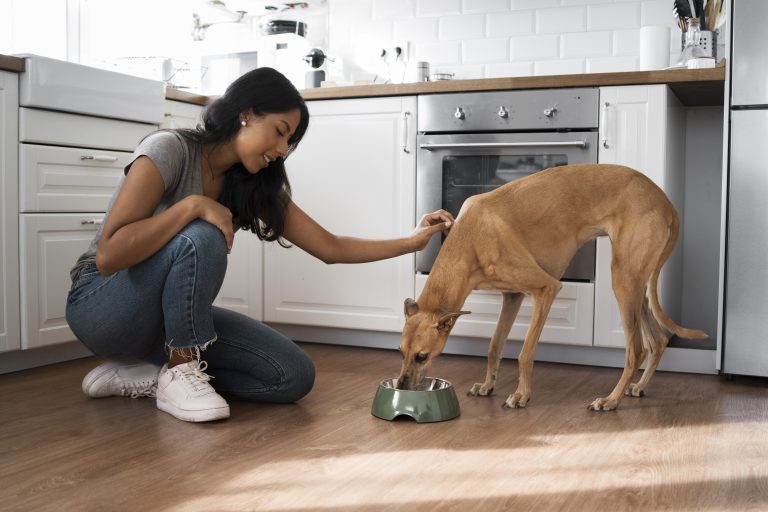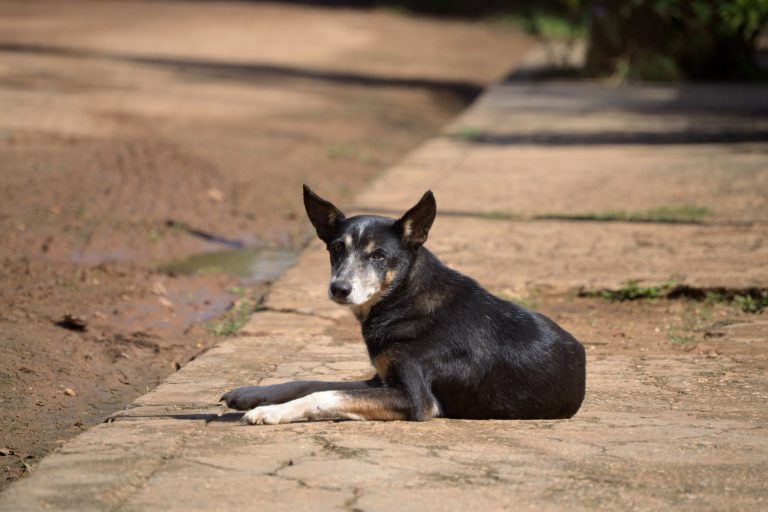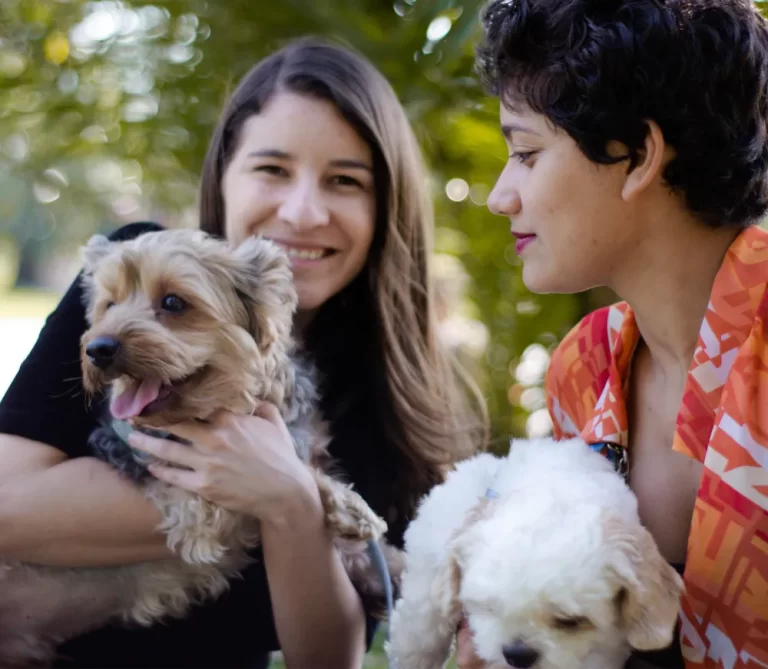
Training your dog at home is more than just a convenience—it’s a bonding experience that strengthens your relationship with your furry friend. For Odia-speaking households, training in a familiar language like Odia not only makes communication easier but also ensures that every member of the family, from kids to grandparents, can participate.
Whether you’re a first-time dog owner or looking to refine your dog’s behavior, teaching basic commands like “sit,” “stay,” and “come” in Odia creates a harmonious environment at home. By investing a little time and patience, you can raise a happy, obedient, and well-mannered companion—all from the comfort of your home.
In this guide, we’ll walk you through dog training in Odia, using positive methods, daily routines, and simple steps. Let’s get started!
Understanding Your Dog’s Behavior
Before teaching any commands, it’s crucial to understand how dogs think and learn. Dogs, like humans, respond best to consistency and rewards.
How Dogs Learn
Dogs learn through association. When a specific behavior (like sitting) leads to a reward (like a treat or praise), they’re more likely to repeat it.
Positive Reinforcement Explained
Instead of punishing your dog for doing something wrong, positive reinforcement focuses on rewarding good behavior. For example, every time your dog follows a command like “Baso” (Sit), you immediately give a treat and say, “Good boy!”
This method:
- Builds trust
- Encourages repeat behavior
- Makes training a joyful experience
Common Dog Behavior Traits
Understanding what’s natural for dogs helps manage expectations:
- Puppies have short attention spans.
- Dogs are social animals; they thrive on interaction.
- Bored dogs often misbehave.
Recognizing these traits allows you to create a training plan that works with your dog’s nature instead of against it.
Preparing for Training Sessions
Setting the right stage can make your training 10x more effective. Let’s look at the essentials:
Creating a Training-Friendly Environment
- Pick a quiet, distraction-free space.
- Have toys, treats, and a leash ready.
- Make sure your dog isn’t too tired or too hungry.
Ideal Training Time and Duration
- Short sessions (5-10 minutes) work best for beginners.
- Morning or early evening is ideal—when your dog is alert but not overexcited.
Essential Tools and Treats
- Small, tasty treats (like paneer cubes or chicken bits)
- A clicker (optional, for marking behavior)
- A leash or harness for safety
Basic Dog Training Vocabulary in Odia
One of the unique aspects of this guide is incorporating Odia language into your training. Here’s how you can use familiar words to teach powerful commands.
| Command | English | Odia Word | Pronunciation |
| Sit | Sit | Baso | Baa-so |
| Stay | Stay | Ruhu | Roo-hoo |
| Come | Come here | Aasa | Aa-sa |
| Down | Lie down | Lehu | Le-hoo |
| No | Stop that | Nahi | Na-hee |
| Good | Well done | Bhala | Bha-la |
Teaching “Sit” Command
One of the easiest and most fundamental commands to start with is “Sit”, or “Baso” in Odia. It’s useful in many daily situations—from feeding to calming down your dog.
Step-by-Step Guide:
- Hold a treat close to your dog’s nose.
- Slowly move the treat upward, causing your dog’s head to follow it while their bottom naturally goes down.
- As soon as the dog sits, say “Baso!” in a firm but gentle tone.
- Immediately give the treat and say “Bhala!” (Good).
- Repeat this process 5–7 times in short sessions.
Tips for Better Results:
- Practice before meals—your dog will be more food-motivated.
- Don’t push the dog’s back. Let them sit naturally.
- Use a hand signal (like a flat palm facing up) along with the word “Baso.”
Troubleshooting:
- If your dog jumps instead of sitting, you might be holding the treat too high.
- If they walk away, increase the value of the treat or try in a quieter space.
Teaching “Stay” Command
The “Stay” command, or “Ruhu” in Odia, helps control your dog in public or at home. It teaches patience and focus.
How to Teach “Stay” (Ruhu):
- Start with your dog in a sitting position.
- Show your palm (like a stop sign) and say “Ruhu.”
- Take one small step back.
- If the dog stays for even 2–3 seconds, return and reward immediately.
- Gradually increase the time and distance.
Important Notes:
- Always return to your dog to give the reward—don’t call them to you.
- Keep eye contact while giving the command.
- If they break the stay, calmly reposition and try again.
Practice Makes Perfect:
Daily 5-minute sessions will build discipline. Practice in various spots—near the kitchen, gate, or front yard—to generalize the behavior.
Teaching “Come” or “Recall” Command
“Come here,” or “Aasa” in Odia, is critical for safety, especially when your dog is off-leash.
Fun Way to Teach Recall:
- Crouch down to your dog’s level and say “Aasa!” in an excited tone.
- Open your arms and encourage them to come.
- When they reach you, shower them with treats and affection.
Games That Help:
- Hide and seek: Hide behind a door and call “Aasa!”
- Two-person recall: Each person calls the dog from opposite ends with rewards.
Avoid These Mistakes:
- Never call your dog for something negative (like bath time).
- Don’t chase them if they run; it becomes a game.
Teaching “Down” Command
This command, or “Lehu” in Odia, encourages calmness and obedience, especially in high-energy dogs.
Steps to Teach “Lehu”:
- Ask your dog to sit.
- Hold a treat near their nose and slowly move it towards the ground.
- Slide the treat out along the floor so they follow it and lie down.
- As soon as their elbows touch the ground, say “Lehu” and reward.
Usefulness of “Lehu”:
- Helps dogs settle during visitors, mealtime, or outings.
- Encourages submission in a gentle way.
Teaching “No” or “Stop” Command
Dogs naturally explore with their mouths and paws. Teaching “Nahi” (No) or “Stop” can prevent dangerous situations.
How to Teach It:
- When your dog does something undesired (like chewing shoes), say “Nahi!” in a low, firm tone.
- Redirect to an acceptable behavior (like a toy).
- Praise them when they follow the new behavior.
Positive Alternatives:
- Avoid yelling. Use a low voice instead.
- Always guide toward the correct action, don’t just stop the wrong one.
Using Clicker Training for Faster Results
Clicker training adds clarity and speed to learning. A click sound helps the dog instantly recognize the correct behavior.
How to Start Clicker Training:
- “Charge the clicker” by clicking and treating multiple times.
- When your dog performs the desired behavior (like sitting), click first, then treat.
- Over time, your dog associates the click with doing something right.
Using Clicker with Odia Commands:
Pair the click with Odia words like “Baso” or “Aasa” to reinforce learning and improve timing.
House Training Basics
Teaching your dog where and when to relieve themselves is a must—especially in Odia homes with shared spaces.
Tips for Potty Training:
- Stick to a regular schedule (e.g., morning, post-meal, bedtime).
- Use a designated spot and lead the dog there.
- Say a command like “Jaau” (Go) during the act and reward afterward.
Cleaning Tips:
- Use odor-neutralizers to prevent re-marking.
- Never scold after the fact—it won’t work.
Crate Training at Home
A crate isn’t a cage—it’s a safe space for your dog. It can be helpful during travel, recovery, or bedtime.
How to Introduce the Crate:
- Make the crate cozy with soft bedding.
- Place treats and toys inside to invite curiosity.
- Never use the crate as punishment.
Benefits of Crate Training:
- Reduces separation anxiety.
- Speeds up house training.
- Provides a private retreat for your dog.
Socializing Your Dog with Odia Culture
In Odisha, festivals, neighbors, and extended families are a part of daily life. A well-socialized dog is happier and more relaxed.
How to Socialize Effectively:
- Introduce your dog to new people gradually.
- Use treats during noisy events like Diwali or Raja to create positive associations.
- Let your dog observe from a distance before direct interactions.
Common Mistakes to Avoid
Even with the best intentions, some habits can slow down training.
Avoid These Pitfalls:
- Inconsistency: Everyone in the family should use the same commands.
- Negative Reinforcement: Avoid yelling, hitting, or scaring your dog.
- Overtraining: Too long sessions can frustrate dogs. Keep it short and sweet.
Tracking Progress and When to Seek Help
Dogs learn at different speeds. Keeping a simple journal can help.
What to Track:
- New commands learned
- Problem behaviors reduced
- Confidence in different environments
If after weeks there’s no improvement or if aggression is involved, consult a professional trainer or vet.



